Construction of two floating mega-solar power plants at Nishihira Pond and Higashihira Pond in Kato City, Hyogo Prefecture, Japan, has been completed.
Kyocera Corporation and Century Tokyo Leasing Corporation announced that Kyocera TCL Solar LLC, a joint venture established by the two companies, completed the construction of two floating mega-solar power plants
The plants will generate an estimated 3,300 megawatt hours (MWh) per year, enough to power approximately 920 typical households.
The two solar plants features:
– Floating solar power generating systems typically generate more electricity than ground-mount and rooftop systems due to the cooling effect of the water.
-Floating platforms are 100% recyclable, utilizing high-density polyethylene, which can withstand ultraviolet rays and resists corrosion.
– The floating platforms are designed and engineered to withstand extreme physical stress, including typhoon conditions.
– They reduce reservoir water evaporation and algae growth by shading the water.
source Kyocera

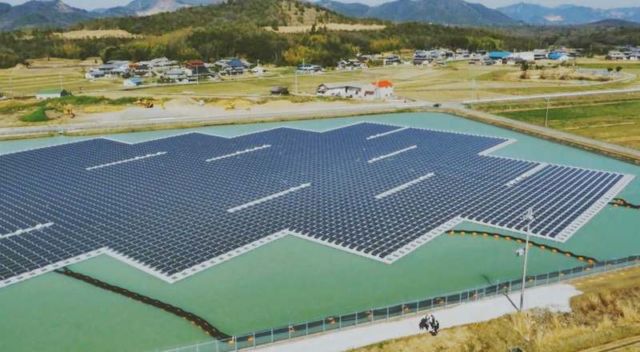
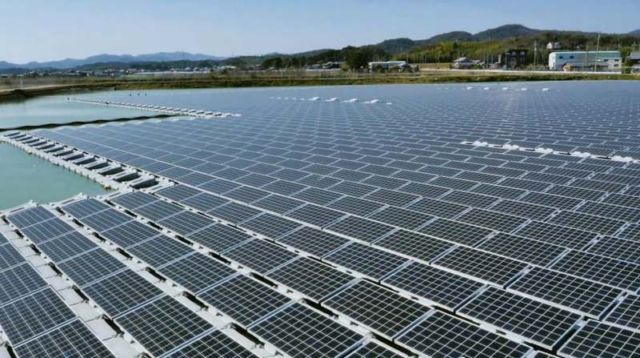
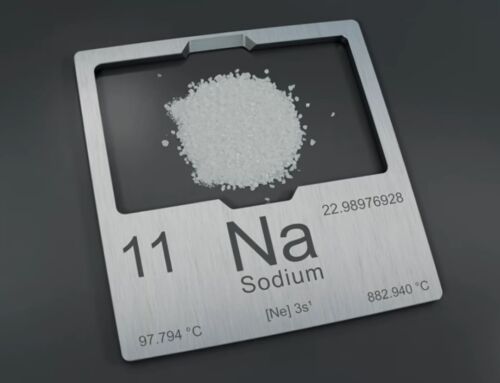
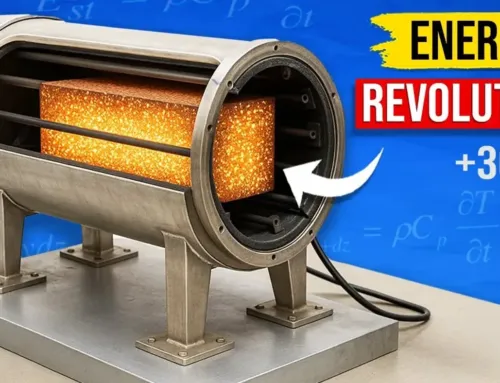
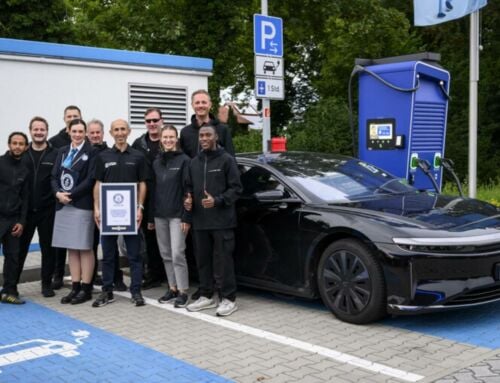
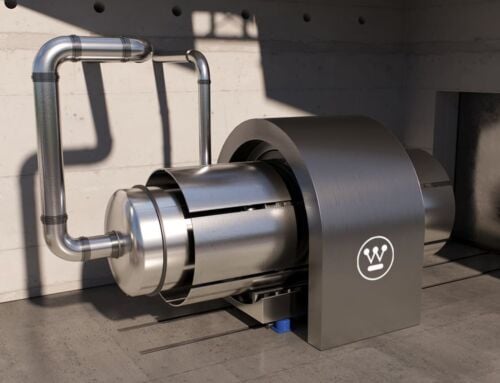
Floating Solar Power Systems are wonderful Ideas. And it’s very important to maintain effectively same direction and position on the water for floating solar plants. Because directional change of solar panels reduces electricity production. So floating solar plants also need the directional control mooring systems for their parked positions. Azimuth and position change of floating solar plants caused by wind, waves and external forces. Restoring Force Strengthened Mooring System for floating solar plants has been created in South Korea. This Mooring System generates Restoring Force immediately when floating solar plants are being rotated or moved on the water. Recently, Restoring Force Strengthened Mooring Systems have been used in South Korea. You can see the Restoring Force Strengthened Mooring System in Ochang Dam, South Korea. I N I WORLD